Most modern vehicles come equipped with anti-lock brakes, which means that the car also has up to four ABS speed sensors. These units are mounted inside the wheel well and constantly monitor the RPM of each wheel and coordinate the data with the vehicle’s electronic control unit to determine when added brake power should be applied to maintain control. The failure of the ABS sensor is one of the most common problems found on anti-lock brake systems.
Common Indications of a Bad ABS Speed Sensor
- Warning Light or Message Displayed on Your Dash: The most common sign is the ABS light appears on your instrument panel when you start the engine. In higher-end models, your driver information center may display a maintenance message.
- Stopping Distance Increases: Does it seem like it is taking longer to slow your vehicle? Or you may notice your tires slipping and skidding on heavy deceleration.
- Loss of Control on Rough Roads and through Heavy Weather: When the ABS wheel speed sensor fails, your vehicle will also disable traction control, which reduces your ability to navigate icy conditions or work tight turns while maintaining good car control.
Repair or Replace?
Just because you have an error light appearing for your ABS system, it does not mean that you have to replace all four sensors. First, determine which wheel sensor is causing the error by connecting to your OBD diagnostic reader. Before deciding to replace the sensor, you will want to take the time to check the wiring harness and wires to the sensor as these are the most common points of failure outside the actual sensor module.
- Put the car up on a jack and remove the tire to get good access to the area.
- Disconnect the car battery to prevent shorting out the ABS brake sensor during troubleshooting.
- Disconnect and reconnect the wheel speed sensor at the wire harness and reconnect the car battery.
- Clear error codes using your OBD reader
- Restart ignition and see if the ABS warning light returns.
If the warning light persists, you will need to replace the ABS sensor. The sensor is sold as a single unit with all wires connected, ready to plug and play.
Do-It-Yourself Tips
Changing out the sensor yourself is not that complicated. The unit is a small sensor that is bolted to the wheel-hub assembly and requires the appropriate socket wrench or screwdriver to remove and install it. Check your maintenance manual to properly identify its location and appearance. Before proceeding:
- Disconnect your car battery to prevent damage to the new unit during connection.
- Loosen the lugs on the wheel before you put it up on jacks or the lift.
- Map out the path of the wire that runs from the wheel hub to the ECU connection under the hood. You may need some needle-nose pliers to loosen grommets and clips that keep the wire in place.
- Have a flat tool ready that is able to help loosen the sensor from the wheel hub as road grime and corrosion can make it difficult to remove.
You can find a complete selection of ABS wheel speed sensors and brake repair supplies at Carlson Quality Brake Parts.
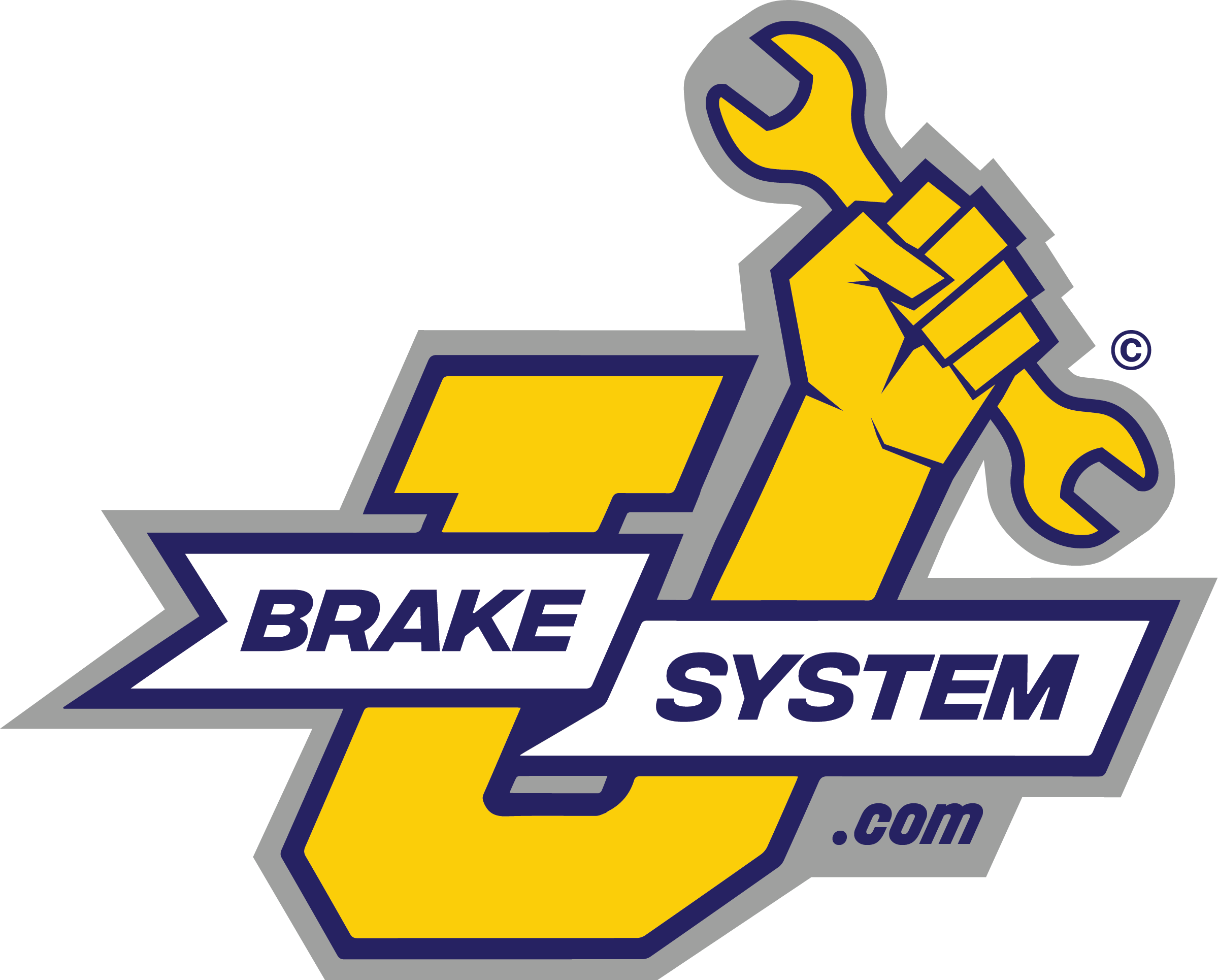
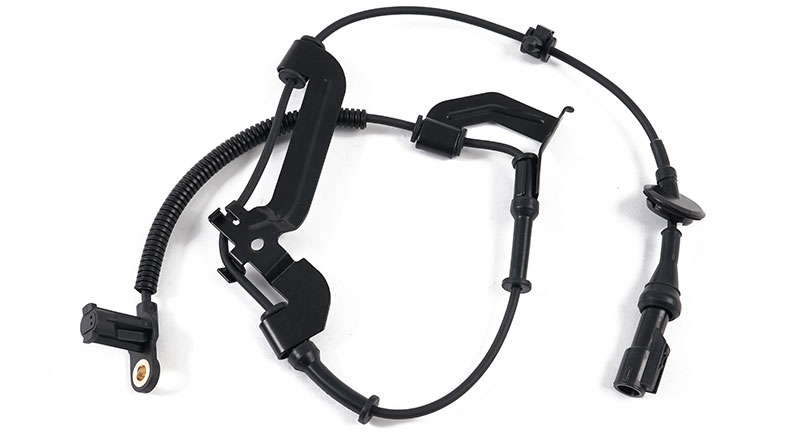

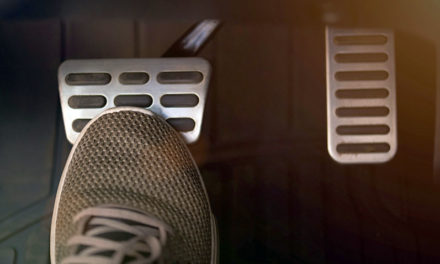
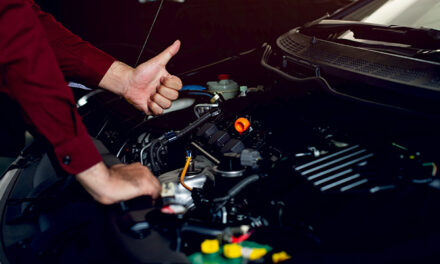
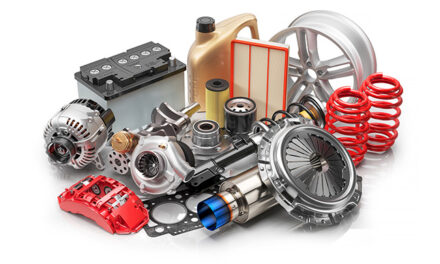





Trackbacks/Pingbacks